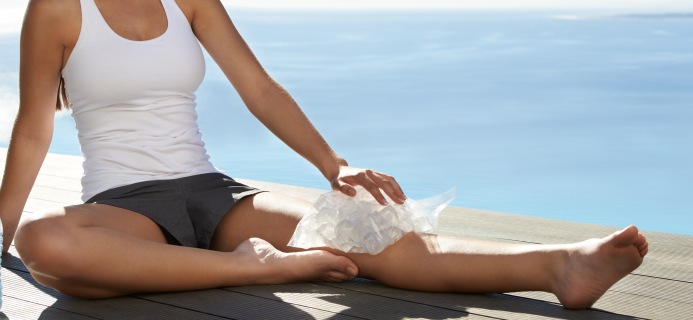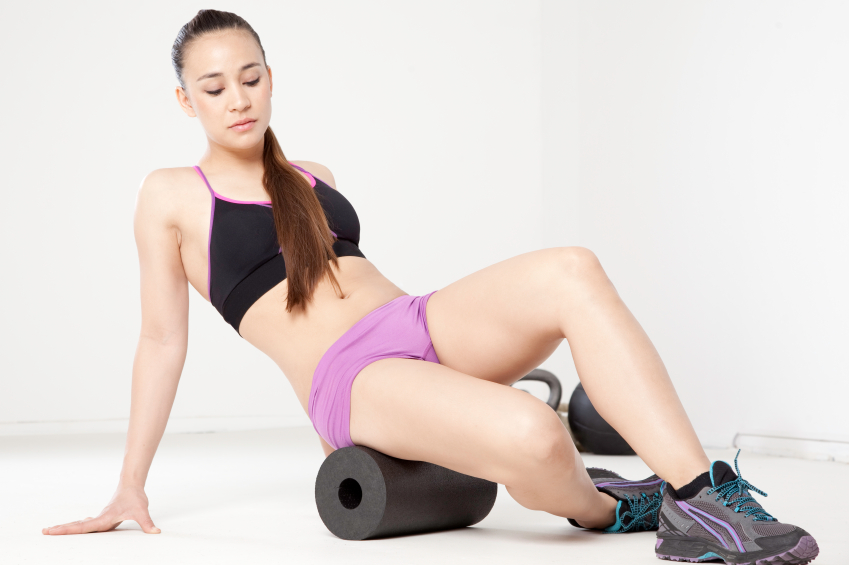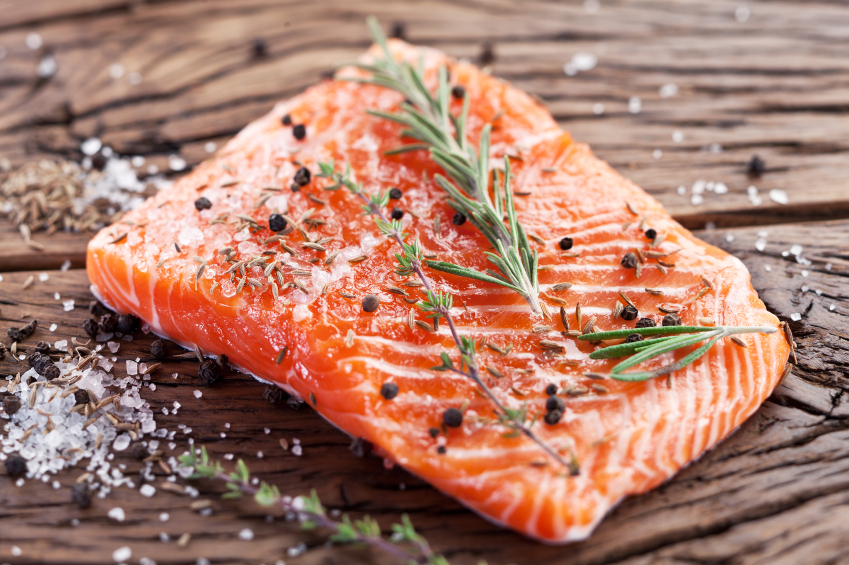One reader wants to know what she can do for sore muscles after exercise. Healthista experts answer
The query: Help! I get awful muscle soreness after workouts. I tend to do some light weights and HIIT resistance training about 4-6 times a week for 30-60 minutes and walk about 30-45 minutes a day. My muscles get sore and kind of heavy on the weekends and not sure what I am doing wrong – someone said I might need magnesium? Could it be that?’

The trainer’s answer:
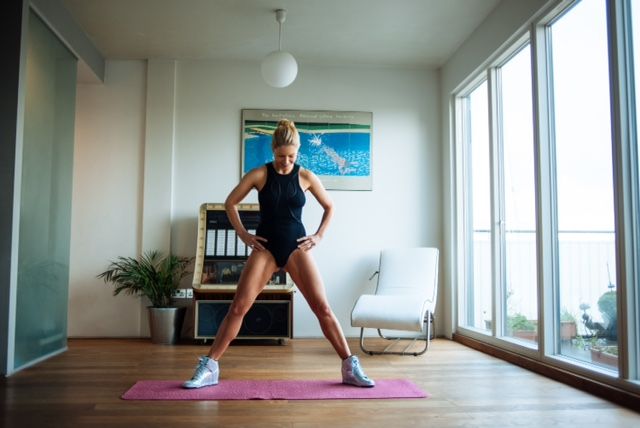
Christina says:
Muscle soreness is often a sign that you are not recovering properly after workouts and this is something you need to get smart about.
When we do a strenuous workout our muscle fibres naturally breakdown and its not until after the workout that the body then takes time to repair. Quite simply, the harder the workout the longer the recovery required. Your daily walking is excellent and a great form of active recovery, but try leaving a day’s rest between high intensity sessions and follow these simple remedies to aid muscle soreness:
Muscle soreness is often a sign that you are not recovering properly after workouts and this is something you need to get smart about.
1.) Foam rolling after training can help remove muscle adhesions, resuming normal blood flow and function to the muscle.
READ MORE: The new Trigger Point Therapy roller
2.) If you can face it, cold showers and ice baths increase blood flow, improving the delivery of vital nutrients to damaged muscles to help reduce soreness. Or a more pleasant version is to alternate the hot and cold shower (a few seconds each, three times).
3.) Epsom salt baths are rich in magnesium and also excellent for decreasing inflammation and increasing muscle relaxation after exercise or on rest days.

As for stretching the verdict, is still out with conflicting conclusions to the benefits of preventing and decreasing muscle soreness. However a cool down stretch is still advisable to improve flexibility.
The nutritionist’s answer:

Rob says:
If you are training six times per week, then choosing the right foods and timing your meals may be what you need to help reduce muscle soreness
I’m impressed with your commitment to training and it looks like you work out pretty hard and that means you need the right eating plan to support your recovery and maintain glycogen levels in preparation for your next session.
If you are training six times per week, then choosing the right foods and timing your meals may be what you need to help reduce muscle soreness.
So I suggest:
1.) Nourish your body with a post-training snack within 45 minutes of your workout. This should include a source of carbohydrate (this produces the hormone, insulin that helps to to muscles by encouraging the uptake of glucose and amino acids into muscle cells) and protein to help repair muscle tissue.
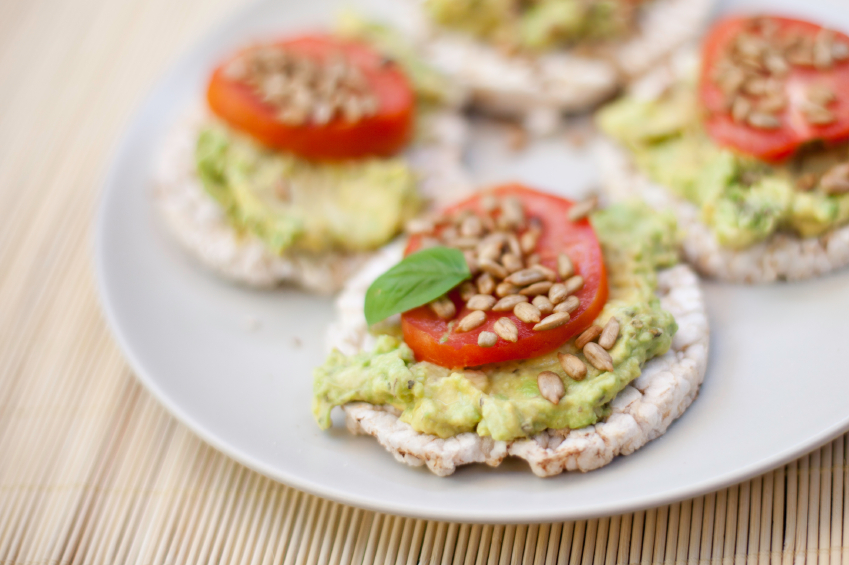
Choosing something with a medium to high glycemic load is actually better as they are broken down much more quickly making the glucose more readily available.
This doesn’t mean eating more food across the day and if you’re conscious of calories it just takes a bit of planning to factor in your post-training snack.
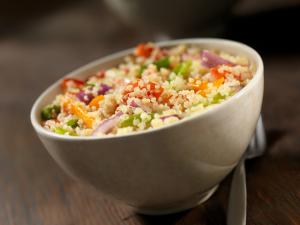
Against the usual advice about carbs, choosing something with a medium to high glycemic load is actually better as they are broken down much more quickly making the glucose more readily available.
Snack to try:
Soya beans with seeds and pomegranate
Small white pitta with tuna, cucumber and red onion
Rice cakes with hummus
Small basmati rice salad with peas (2 heaped tbsp)
Small quinoa salad with soya beans (2 heaped tbsp)
Small couscous salad with shredded chicken and dried apricots (2 heaped tbsp)
2.) Include lots of fruits and vegetables in your diet, particularly those that are rich in antioxidants as they help to reduce inflammation in the body and decrease muscle soreness.
Antioxidant rich veg and fruit include:
Cherries, blueberries, pomegranate, dried prunes, kale, Brussels sprouts, beetroot, red peppers, alfalfa sprouts and broccoli.
3.) Make sure your diet contains a good source of omega 3 fatty acids. They help to reduce inflammation in the body and have also been shown to drive blood flow to muscles during exercise which helps to decrease muscle soreness. You can obtain omega 3 from oily fish and it is recommended we eat a minimum of 1 and max of 4 pieces per week (salmon, tuna, herring, sardines, mackerel). You may also want to consider a supplement and I would go for Krill oil as it also contains a rich source of the powerful antioxidant called astaxanthin (this gives salmon it’s red colour).
Food surveys show that there are a significant number of people who do not get enough magnesium in their diet
Magnesium does help with muscle relaxation but this is more often associated with preventing post training cramping as opposed to DOMS (delayed onset muscle soreness). Food surveys show that there are a significant number of people who do not get enough magnesium in their diet, so you could try and include plenty of these foods into your daily diet.
The rich sources of magnesium include:
Dark green leafy veg, soya beans, pumpkin quinoa, dried fruit and raw cacao.
More Experts Explain:
Do I need sunscreen in winter?
Like this article? Sign up to our newsletter to get more articles like this delivered straight to your inbox.



